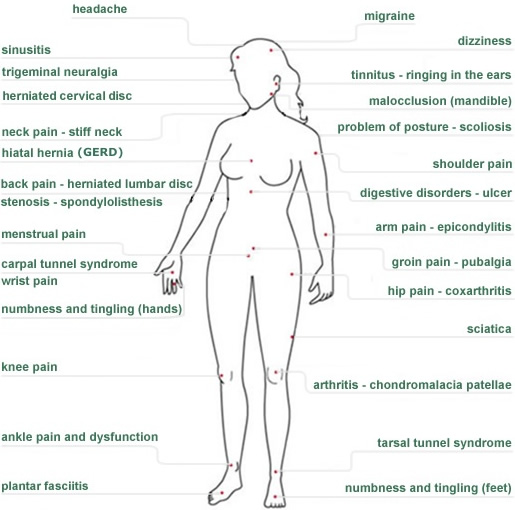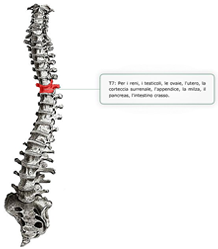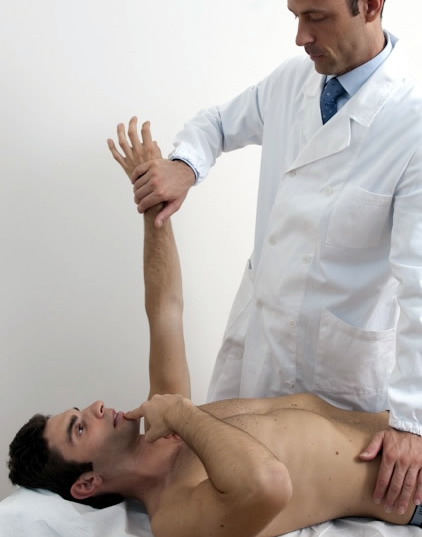
Reflexological Procedures
Applied Kinesiology is a vast system of health care used to evaluate and treat structural, chemical, and emotional aspects of health.
Structural balance
Muscle imbalances cause asymmetry in our body. Nearly everything from major postural distortions like scoliosis and knock knees, to localized inflammations like shoulder tendinitis and carpal tunnel syndrome, have associated muscle imbalances.
How do muscles become unbalanced? Is it due to bad postural habits? Or is bad posture secondary to muscles becoming unbalanced in more insidious ways?
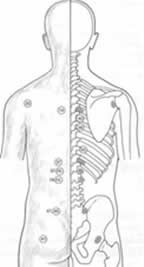
In the 1930s, American Osteopath Frank Chapman mapped out reflexes points on the torso and thighs and correlated them to individual organs and glands. He discovered that he could improve organ function by applying firm rotary massage to these points.
In the late 1960s, a Detroit Chiropractor named Dr. George Goodheart expanded on these developments by discovering the association between “Chapman’s reflexes” and individual muscles. Goodheart found that by treating these points, not only would organ function improve, but individual muscles also gained strength.
Muscle / organ relationship: healthy organs = strong muscles
Every organ and gland has an associated muscle: lung to deltoid, pancreas to triceps, small intestine to quadriceps, etc. When there is a problem with an organ or gland, its associated muscle will begin to malfunction. This can manifest as individual muscle weakness, or there may be “knots” or trigger points within the muscle belly itself. This is why the usual routes of massage or strength training often has little to no effect.
Creating balance
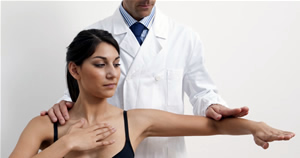
Muscles imbalances can lead to pain and inflammation. When left uncorrected, there may be an accelerated wear and tear of bones and cartilage.
Using the myriad techniques in Applied Kinesiology, Dr. Morrison uncovers structural, chemical and emotional imbalances in the body. During a typical visit, different muscles are tested. Patients are asked to “push” or “hold” while touching specific areas on the body. The patient will notice that sometimes a weak muscle becomes strong when they touch a certain area, or a strong muscle may become weak. These responses help the doctor to gather information needed to apply accurate therapy.
Previous Page
 SCHEDULE AN APPOINTMENT
SCHEDULE AN APPOINTMENT